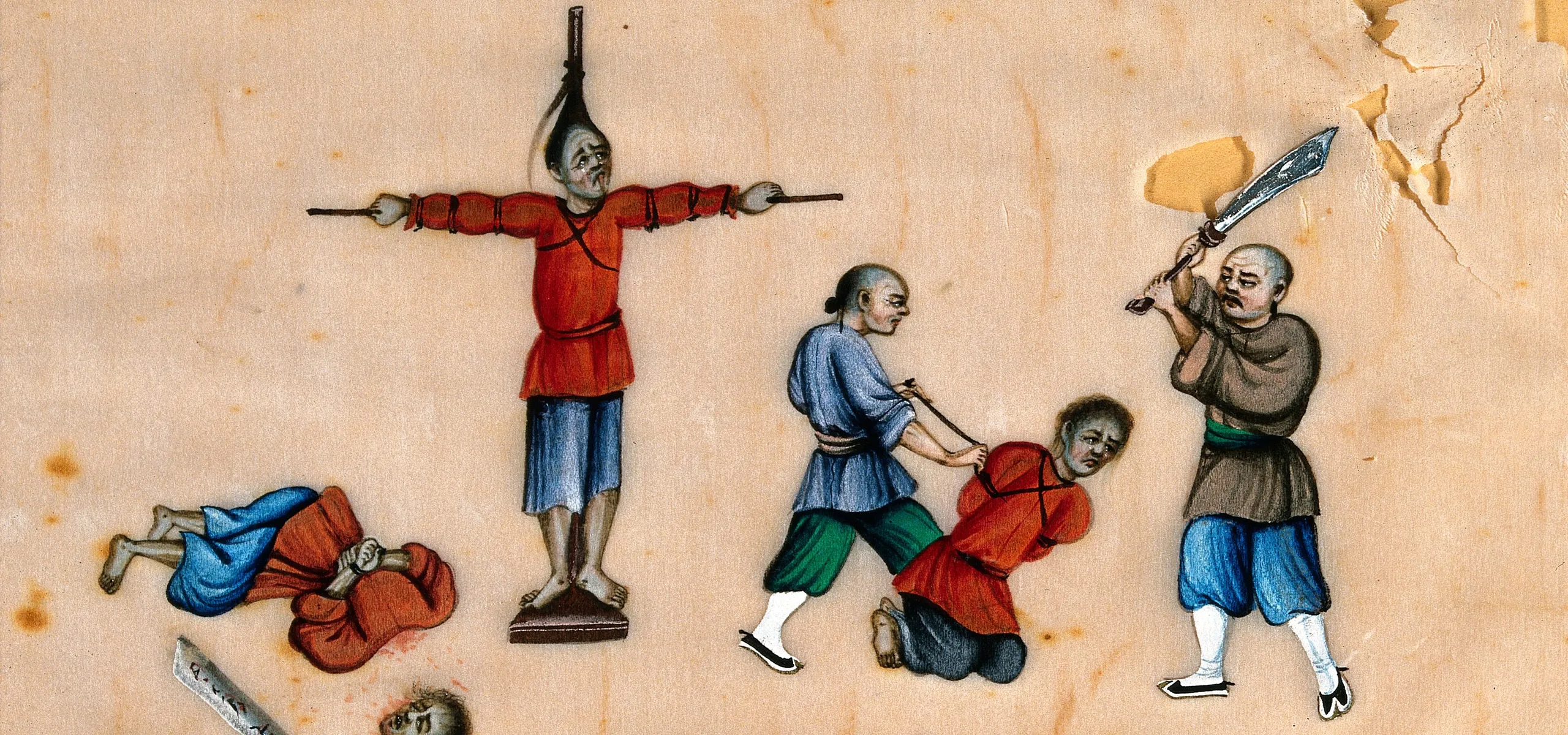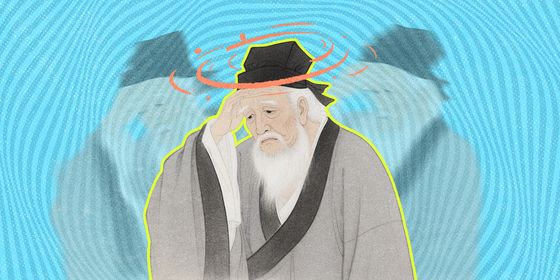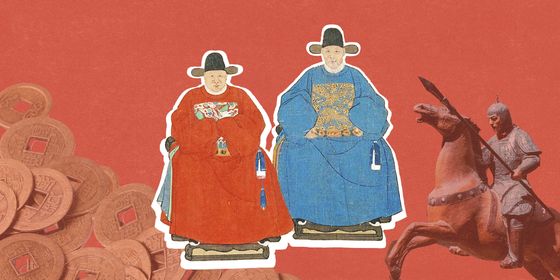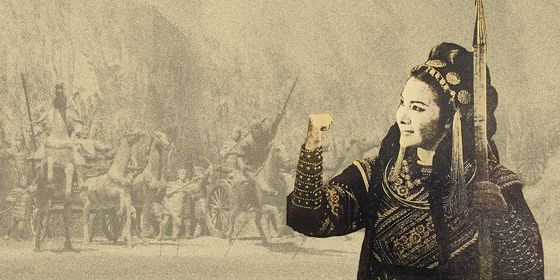From ankle crushing to slow slicing, ancient Chinese punishments and torture were brutal
September 1630 was not a good month for Yuan Chonghuan (袁崇焕). The Ming dynasty (1368 – 1644) general’s military reputation lay ruined after he failed to fight off an invading Jurchen army at Shanhai Pass in today’s Hebei province. Next, he was accused of collaborating with the enemy. Though there was little evidence against him, the Ming state hastily found Yuan guilty and sentenced him to the most brutal of punishments: death by lingchi (凌迟), or “slow slicing.”
In front of a large crowd at Ganshiqiao in Beijing, an executioner began slowly cutting and slicing Yuan’s body with a knife, removing various body parts while keeping him alive. It took half a day for Yuan to die, after receiving hundreds of cuts. According to Northern Affairs of the Late Ming (《明季北略》), written by Ming historian Ji Liuqi (计六奇), local residents collected Yuan’s body parts after he finally stopped breathing—they hated him so much they wanted to eat his flesh.
Lingchi was reserved only for heinous crimes such as high treason, multiple homicides, or killing one’s master. However, there were many other forms of physical torture once used either as punishment or to obtain confessions in ancient China.
As early as in the Xia dynasty (c.2070 – 1600 BCE), physical punishment was vital to sustaining political rule. The Book of Han (《汉书》), a historical text finished in the Eastern Han dynasty (25 – 220), stated that Yu the Great (大禹), the mythical founder of the Xia dynasty, “imposed corporal penalties because people’s virtue have deteriorated.”
From the Xia to the Qin dynasty (221 – 206 BCE), physical punishment was institutionalized as the “five punishments (五刑).” They included: tattooing the face or forehead (墨), cutting off the nose (劓) , amputating the feet (剕), removing reproductive organs (宫), and death (大辟).












